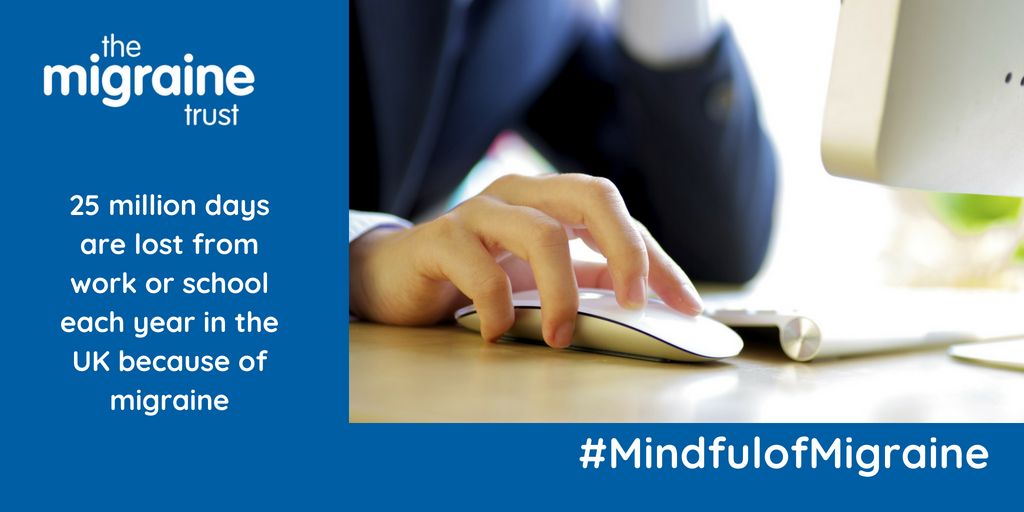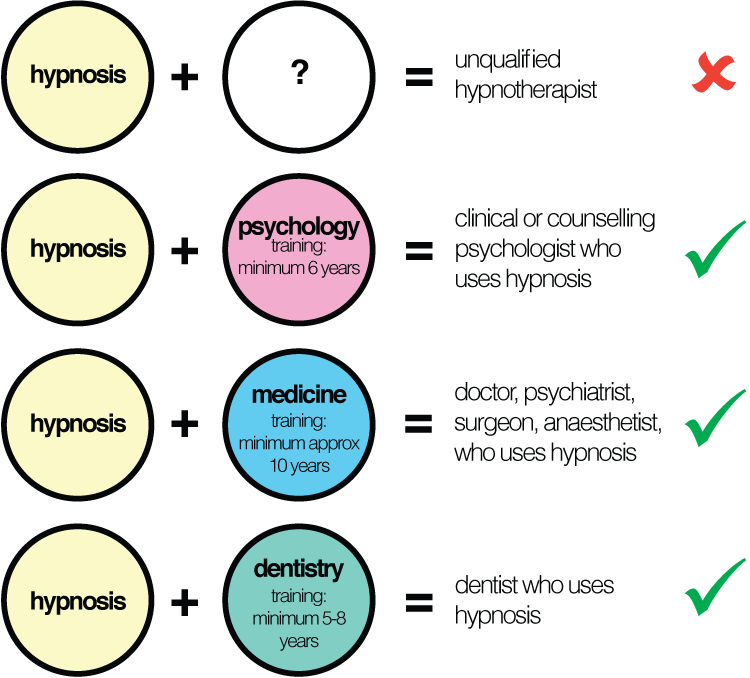
Perhaps you have heard of guided imagery for chronic pain. This technique uses guided imagery to train the mind and make the painful situation more bearable and less stressful. This helps the patient cope better with life's challenges and improves her mental, emotional, and physical health. The following tips will help you get the most out of this meditation. These tips will help you practice guided imagery to relieve pain.
First, create a serene and happy scene in the mind. You can do this by imagining a sunny beach or a serene forest. Another option is to imagine a wise "guide" who answers all your questions. Your subconscious mind will serve as your guide. As you imagine your relaxing scene, try to think about how you would feel if you were actually there. Once you get used to the technique, it will be easy to keep using it.

Guided imagery is a very portable practice that relies on your imagination and concentration. It's best to practice guided imagery in a calm and private setting where you won’t be disturbed. You can avoid interruptions by choosing a quiet area. It is best to use an audio recording so that you can focus fully on your images. Once you've completed the exercise once, you can go back and do it again as many times you need. The best thing about guided imagery is its versatility. You don't need to be in a room where you can do it.
You can make new builds in your imagery using guided imagery. You can, for example, build a life goal or a dream. It can also be used to treat a medical condition such as fibromyalgia. You can also employ guided imagery when speaking in public. You'll feel more confident in your speech if you practice this technique. You can begin practicing guided imagery with your imagination today.
Guided imagery is a powerful tool in managing stress and anxiety. Guided imagery is painless and doesn't require a medical background. It's easier than exercise or yoga and is accessible to everyone, regardless of background. You can use the recordings to learn how you can use guided imagery for pain relief. You can also practice the therapy. It can be practiced at home, with friends, or together.

The benefits of guided imagery are numerous. It can help relax your mind as well as your body. It can also help you access your inner wisdom. Guidance imagery can be used for pain relief if the techniques are learned well. It should be easy to learn and practice, as well as to use to reduce stress. Guided imagery may help you to sleep better. You can apply it to all aspects of your life once you have learned how to do it.
FAQ
What is the best diet for me?
Your lifestyle and individual needs will determine the best diet for your body. You should also consider how much energy your exercise consumes, whether you like low-calorie or high-calorie foods, and what you enjoy in terms of eating fruits and veggies.
Intermittent fasting may be a good choice if you want to lose weight. Intermittent fasting is a way to eat only certain meals during the day instead of three large meals. You may find that this method works better for you than traditional diets that include daily calorie counts.
Studies have shown that intermittent fasting can improve insulin sensitivity and decrease inflammation. This could lead to improved blood sugar levels, and a lower risk of developing diabetes. Research also shows that intermittent fasting may increase fat loss and improve overall physique.
Is being cold bad for your immune system?
According to some, there are two types: people who love winter or those who hate it. But whether you love or hate it, you may find yourself wondering why you feel so lousy when it's cold out.
The truth is that our bodies are built to work best when it's warm. Hot climates are where our food sources are most plentiful, and we evolved to thrive there.
Now, however, we live in a completely different environment to how our ancestors lived. We spend more time indoors and are often exposed to extreme temperatures (cold or heat) and eat processed foods rather than fresh.
Because of this, our bodies have become accustomed to extremes. That means that when we do venture outdoors, we're left feeling tired, sluggish, and even sick.
These effects can be reversed, however. The best way to avoid these problems is to ensure that your body stays hydrated throughout the day. Water is essential for your body to function properly and eliminate toxins.
A healthy diet is another important thing. Eating nutritious foods helps your body maintain its optimal temperature. This is especially beneficial for those who spend extended periods of time inside.
You can also meditate for a few minutes every day. Meditation is a great way to relax your body and mind. It makes it easier for you to cope with stress and illness.
How often do I need to exercise?
Exercise is essential for maintaining a healthy lifestyle. There is no time limit on how much you should exercise. It is important to find something that you enjoy and stay with it.
If you work out three times a week, then aim to complete 20-30 minutes of moderate intensity physical activity. Moderate intensity means you'll still be breathing hard after you've finished. This type of exercise burns approximately 300 calories.
Walk for at least 10 minutes four days a weeks if you prefer walking. Walking is low-impact, easy on your joints, and it's also very gentle.
You can also run for 15 minutes, three times per week. Running is a great exercise to build muscle tone and burn excess calories.
If you're not used to exercising, start slowly. Begin by only doing 5 minutes of cardio five times per week. Gradually increase the duration until you reach your goal.
How to measure body weight?
The best way to measure body fat is with a Body Fat Analyzer. These devices can be used to measure body fat percentages in people who are trying to lose weight.
Statistics
- This article received 11 testimonials and 86% of readers who voted found it helpful, earning it our reader-approved status. (wikihow.com)
- According to the Physical Activity Guidelines for Americans, we should strive for at least 150 minutes of moderate intensity activity each week (54Trusted Source Smoking, harmful use of drugs, and alcohol abuse can all seriously negatively affect your health. (healthline.com)
- In both adults and children, the intake of free sugars should be reduced to less than 10% of total energy intake. (who.int)
- nutrients.[17]X Research sourceWhole grains to try include: 100% whole wheat pasta and bread, brown rice, whole grain oats, farro, millet, quinoa, and barley. (wikihow.com)
External Links
How To
27 steps to a healthy lifestyle if your family only eats junk food
It is easy to eat healthy when you cook at home. However, many people are not skilled in preparing healthy meals. This article will help you make healthier choices while dining out.
-
Select restaurants that offer healthy dishes.
-
Before ordering any meat dishes, order vegetables and salads.
-
Ask for sauces that aren't sweetened.
-
Avoid fried foods.
-
Choose grilled meats over fried.
-
Do not order dessert unless you really need it.
-
Make sure that you have something else to eat after dinner.
-
Eat slowly and chew thoroughly.
-
When you eat, drink plenty of fluids.
-
Do not skip breakfast, lunch or dinner.
-
Fruits and vegetables are a great addition to every meal.
-
Drink milk rather than soda.
-
Sugary drinks should be avoided.
-
Limit salt in your diet
-
Try to limit the time you go to fast food places.
-
If you can't resist temptation, ask someone to join you.
-
Do not let your kids watch too much TV.
-
Turn off the television during meals.
-
Do not consume energy drinks.
-
Regular breaks from work are important.
-
Get up early in the morning and exercise.
-
Get active every day.
-
Start small and build up gradually.
-
Set realistic goals.
-
Be patient.
-
Find time to exercise even if you don't feel like it.
-
Use positive thinking.